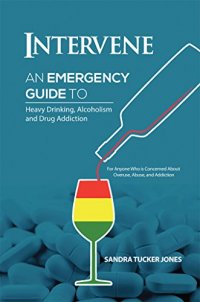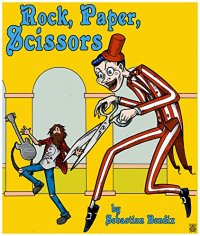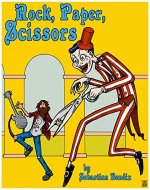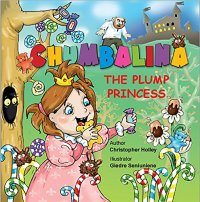The two greatest myths about alcohol and drug abuse are:
“You have to wait ’til they hit rock bottom”
And
“You have to wait ’til they ask for help”!
After her nephew died of alcoholism, the author was determined to find answers, and spent the next five years delving into the world of overuse, abuse, and addiction. In the process, she discovered that even the experts do not recommend that you “wait ’til they hit rock bottom” or “wait ’til they ask for help”!
How well can you answer these questions?
What indicates a high risk for addiction?
How can you help and protect your teenager?
Why do you need to know about suicide warning signs and how to react?
How can you determine if your user needs help?
How do you get your user into treatment?
What prescription drugs can be deadly with alcohol?
What happens in residential treatment centers?
Does AA really work?
Do treatment centers really work?
Why is it never just about abstaining from alcohol or drugs?
How can one drug be prescribed, addictive, and recreational?
What plant is reported to have powerful anti-addictive properties?
What’s a drug’s “narrow therapeutic range,” and how could it mean the difference between life and death?
If your answer is “not very well,”> you need to read this book!
Originally developed for the friends and loved ones of alcohol and drug abusers, this book is also an informative guide for heavy and dependent alcohol and drug users, as well. It is based on the following concepts:
STAGES: The effects of substance abuse follow a continuum of stages that can progress slowly or rapidly, depending on the person, the substance and the circumstances. The author described and color-coded these stages green, yellow, orange, and red, and adapted them for loved ones, as well.
STEPS: There are steps that you, as a loved one or user, can take to reverse and eliminate the problems of substance abuse and addiction. The book includes nine concrete steps; an action plan for each step that allows you to customize the step to your own situation; and a tenth step that provides a way to integrate the action plans into a customized master plan.
HOW THE STAGE AFFECTS THE STEP: In any given step, you may need to alter your response depending on the stage your user is in. For example, an approach or treatment for someone in the yellow stage may not work for someone in the red stage.
Written in an easy-to-read, conversational style, with an extensive table of contents that makes it easy to find a specific topic, this book also includes —
the differences between enabling, not enabling, and abandoning;
groundbreaking research on genetics that blasts common misconceptions about the relationship between genetics and addiction;
a drug that can save your heroin user’s life, if you have it when he is overdosing;
ways to cut your financial losses while exploring treatment options and addressing problem and emergency situations;
alternative treatments and approaches for substance abuse and addiction;
what the Good Samaritan law is, and how it can help an overdosing user;
critical issues around caregiving, and how to support caregivers;
clues as to why anti-craving medications don’t always work;
— and much more.
Intervene shares not only what the experts have to say, but how this information can be used — in a hands-on, practical way, and in a way that might mean the difference between life and death.












